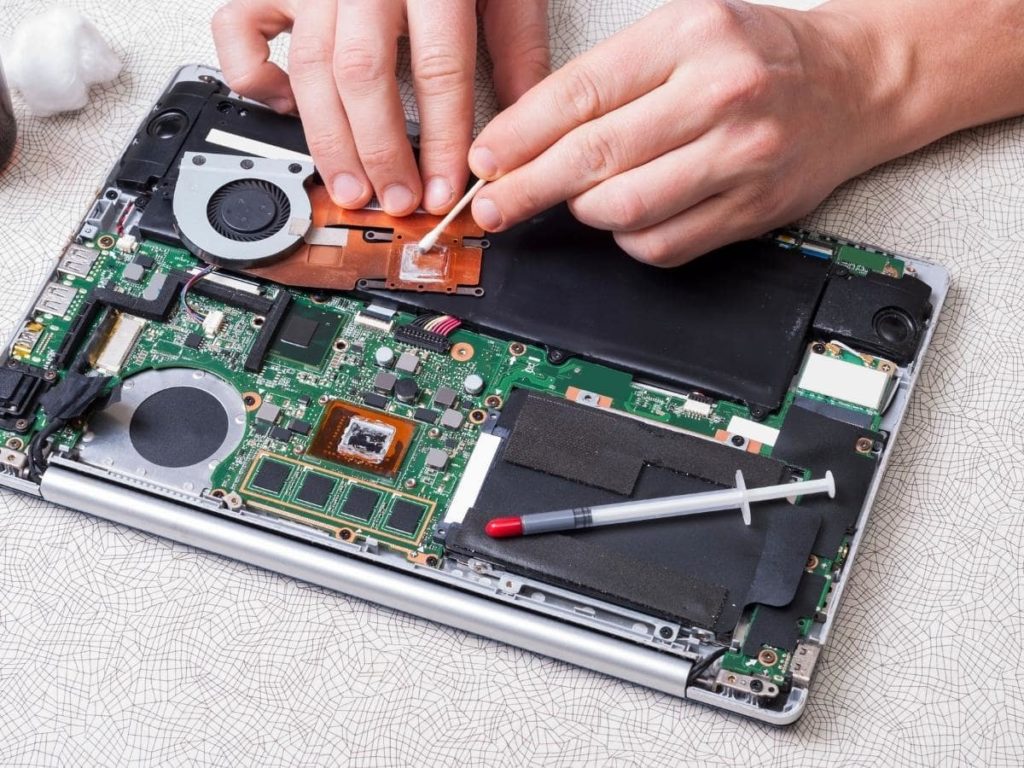MacBook Pro Hard Drive Replacement – Common Issues
If you’re looking to replace your Macbook Pro’s hard drive, you may be wondering what you should do first. Although you may be able to patch up hard drive issues with First Aid methods, you might want to consider replacing the entire drive. Both flash storage and traditional spinning drives can fail over time, and repairs may only last for a year or so. Replacing the entire drive will ensure a much longer life span.
Problems With a Hard Drive
If you’ve experienced problems with your Macbook Pro’s hard drive, you’ve probably experienced several different symptoms. The hard drive may have failed due to a variety of reasons, such as a malfunctioning cable. Fortunately, you can often resolve these issues with just a few simple steps.
First, make sure your logic board is in working order. If the logic board is in good condition, the hard drive will be fine. If it’s not, you should try to diagnose it on another Mac. If you can, you’ll be able to determine if the hard drive is the cause of your problems.
After figuring out the cause of your problems, you can install software that will fix the problem. Sometimes, bad blocks or logical errors will cause your data to become corrupt. You can also take additional steps to prevent your hard drive from becoming corrupted. One simple step is to shut down your Mac. You can do this using the Apple menu.
Causes of Hard Drive Failure
If you’re having problems with your Macbook Pro’s hard drive, you’ll need to know why it’s failing. Fortunately, there are a few simple steps you can take to solve this problem. If you’re having trouble detecting bad sectors, you can use the macOS recovery mode to repair it. In this mode, you can run Disk Utility to determine if the drive is failing or not.
A faulty hard drive can result in data loss. The hard drive is a storage device made up of platters that store data. Each platter contains magnetic material and is susceptible to physical damage. This material is often made of glass or aluminum. It is covered with a special coating that causes it to be magnetic. When you write to the platter, it produces a positive or negative charge. If the platter is damaged, you may lose data and the computer won’t boot.
The first thing you should do if your hard drive fails is to back up your data. This will help you recover any data that’s on the drive. You should also perform an inspection of the drive to make sure it isn’t physically damaged. This way, you can determine if it’s the problem or not. The next step is to seek the help of a professional to repair your hard drive.
Fixes for a Corrupted Hard Drive
If you’ve got a Macbook Pro and have a corrupted hard drive, there are a few things you can do to fix the problem. One of the first steps is to make a backup of your data. You can do this with the Disk Utility program. To do this, you’ll need to mount the hard drive you’ve damaged. Once you do this, you should be able to access the files on the hard drive.
Next, you can run Disk Utility to check for errors or damaged files. This will check the drive for bad sectors, overlapped extents, and corrupted files. If you can’t find the exact file you’re looking for, look in the DamagedFiles folder.
Another method is to try a reset of the SMC chip. This process can fix a corrupted hard drive or a malfunctioning macOS. After resetting the SMC chip, your computer will be back to its default settings. Note that different models of Macs will require different procedures to reset the SMC chip.
Detecting Bad Sectors on a Hard Drive
The first thing to do when your Macbook Pro is experiencing hard drive problems is to determine the type of problem. There are two basic types of hard drive problems. Physical and logical. The former cannot be repaired. For example, heavy dust could destroy the core components of the hard drive. On the other hand, logical errors can be repaired. These errors can be caused by sudden power-offs or virus/malware attacks.
Luckily, there are a few tools available to help you diagnose this problem. One of these tools is MiniTool Partition Wizard. While it is not perfect, it will be able to detect any bad sectors on your drive. This free software can help you find the bad sectors and repair them if you’re facing this issue.
Another way to diagnose the problem is to run Disk Utility. This program is available on most Apple computers and can be downloaded from Apple’s website. This program will scan the entire drive and map the bad areas.

